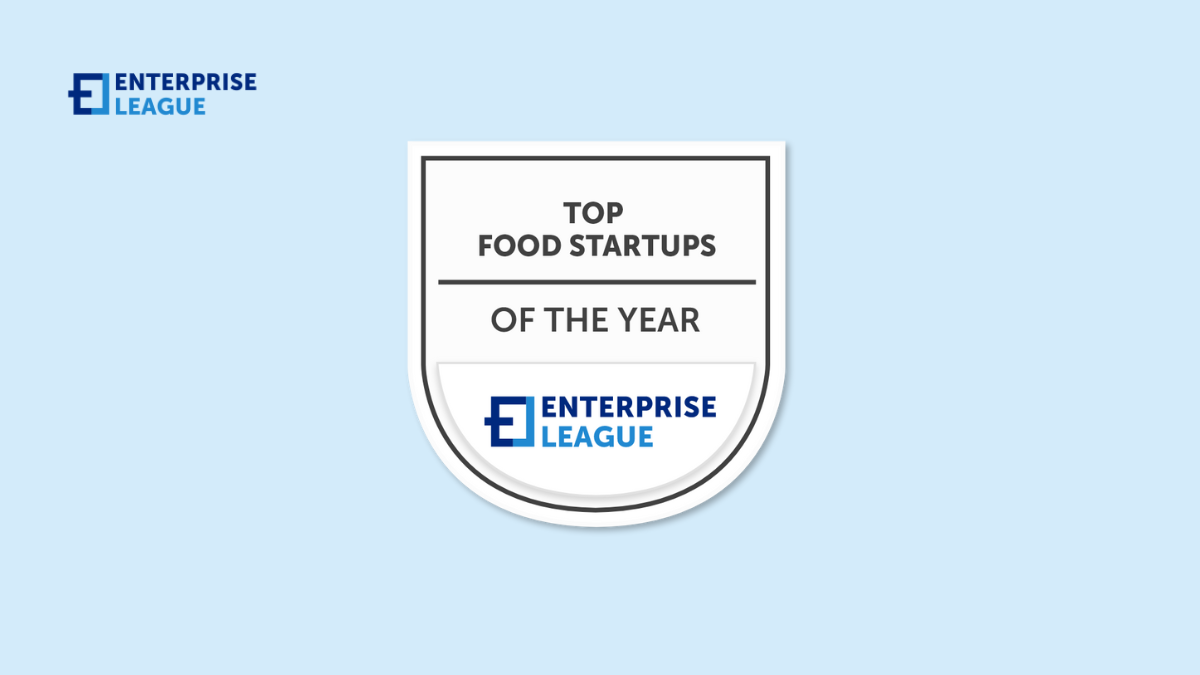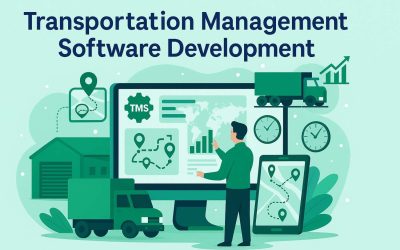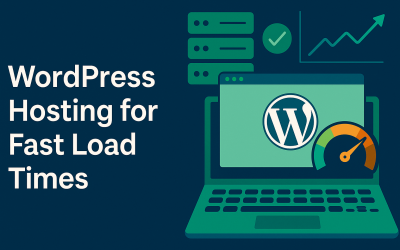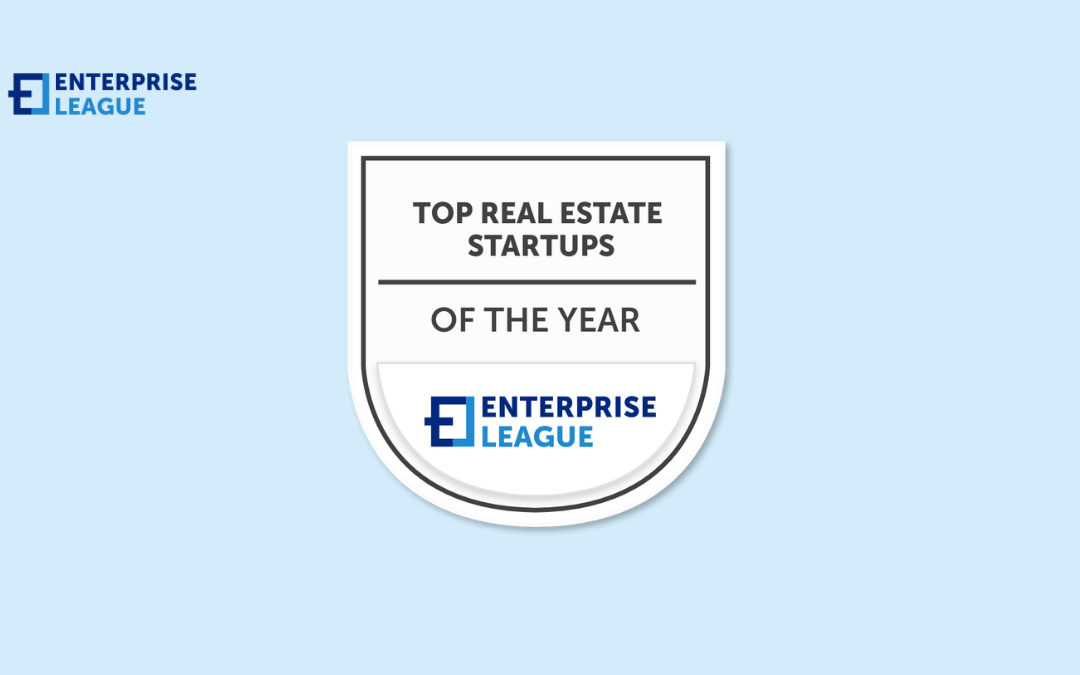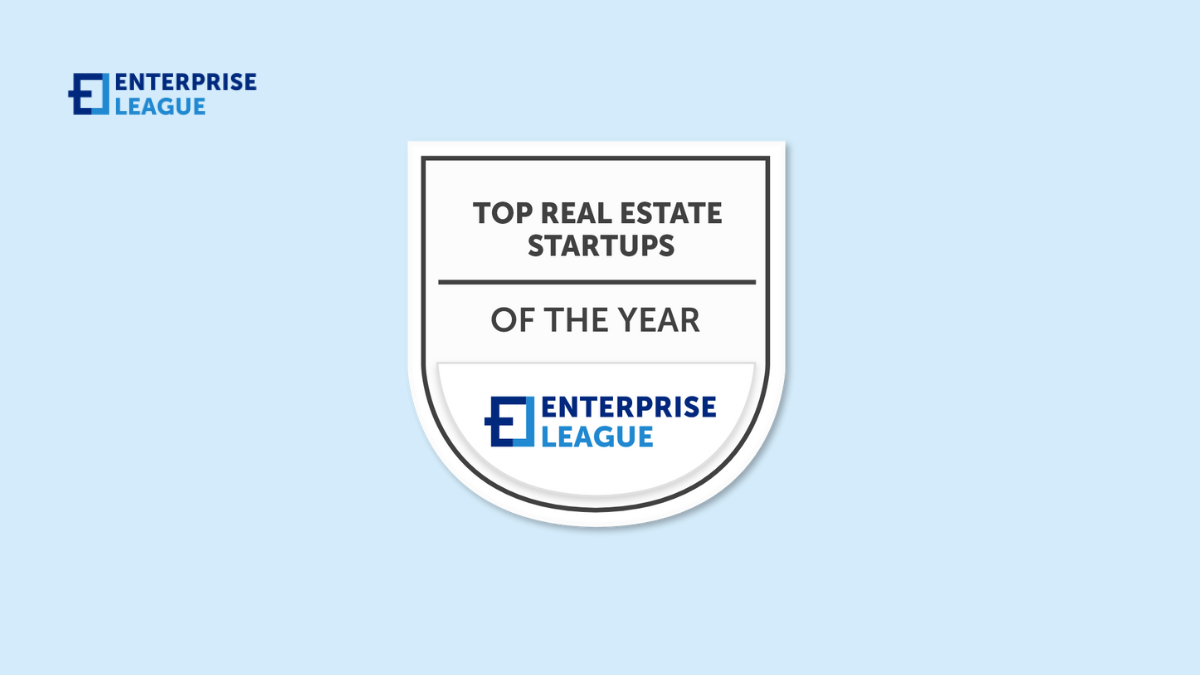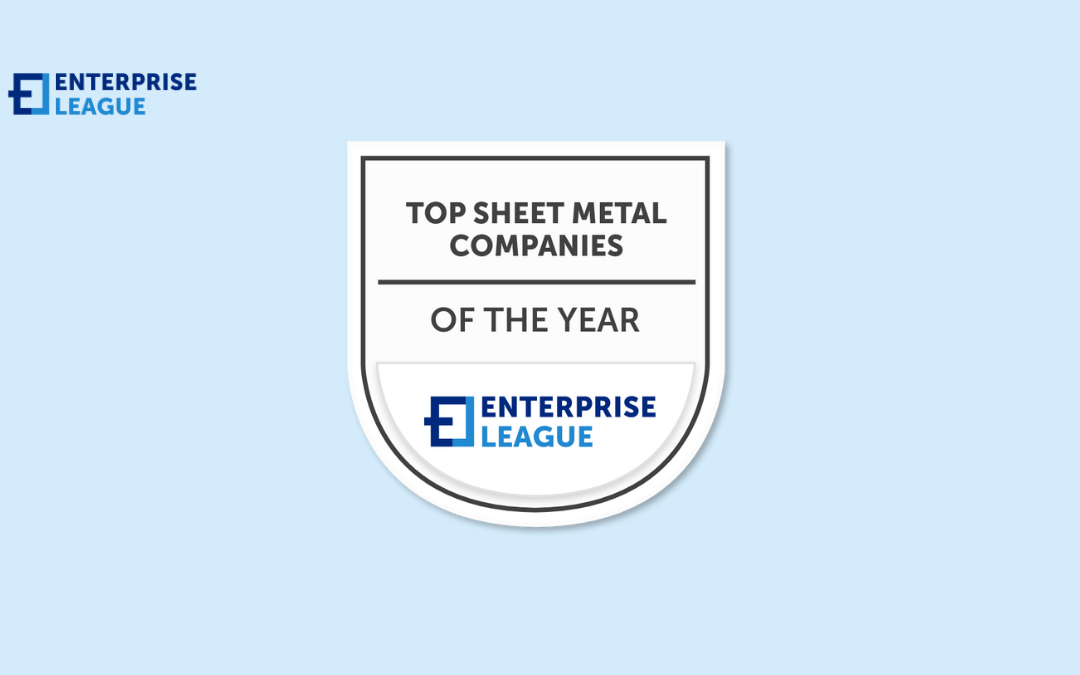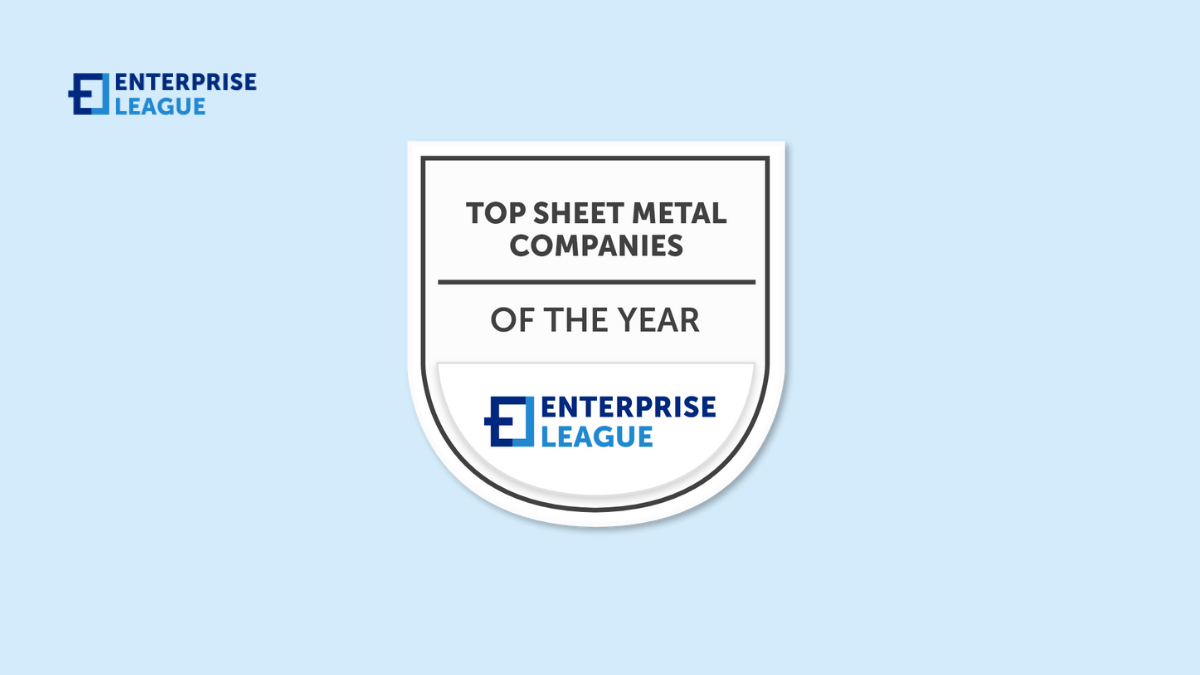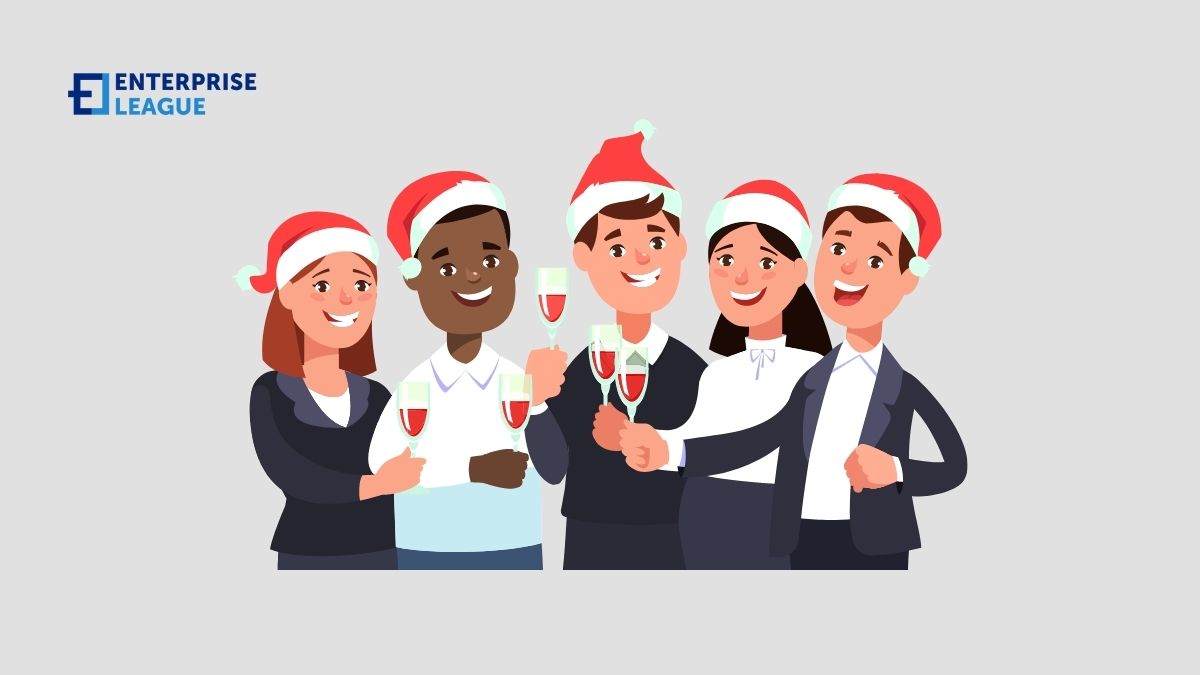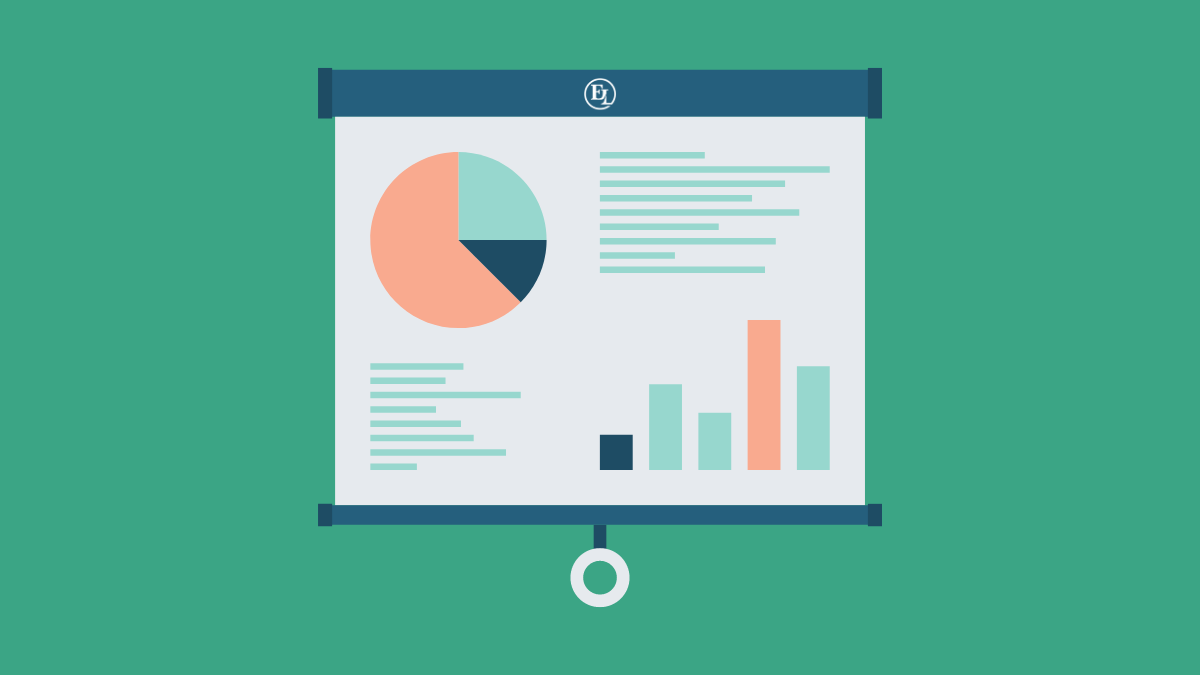The United States has long been a magnet for real estate investors seeking stable returns and prestige. Among its many luxury markets, one name consistently stands out: Beverly Hills. Known worldwide for its glamour and exclusivity, it represents more than just a...

Top 32 food startups revolutionizing the industry in 2025
The food startup industry is booming with innovation, improving the global food ecosystem. Food startups are digitizing the food industry by implementing new technologies within the supply chains, business models, and customer journeys.
Therefore, we can see an abundance of fast-growing food startups with fantastic business models changing the existing ecosystem of the industry. As part of the article, we will highlight some of the most outstanding food startups that are transforming the industry as we know it.
What are food startups?
First, let’s understand more about food startups and what it is. In essence, food startups define an ecosystem made of all the startups innovating on the products, distribution, marketing, or business models within the food industry. Harnessing technological advancements, new food startups are reimaging and reinventing the whole industry. Some food startups are undertaking the process of creating food while others are offering new innovative services and customer tools.
Many food startups strive to improve our lives, from food delivery apps, new ingredients, new solutions for foodservice, innovative customer services, and state-of-the-art supply chain technologies. All these are offering superior customer experiences, higher quality of food to enjoy, reasonably priced solutions all while keeping up with the growing demands for food across the world.
The top 32 food startups
From modernistic farming to enhanced delivery services, food startups are actively trying to improve the food sector while challenging the status quo. So we’ve created the following list featuring the industry’s finest pioneers.
Ryze Superfoods
Founded in 2020, Ryze Superfoods sells mushroom coffee, a unique blend made with real coffee and nutrient-dense mushrooms like cordyceps and lion’s mane. Their signature product aims to provide the energy boost of coffee along with the health benefits of medicinal mushrooms.
The Ryze mushroom coffee contains a blend of six mushrooms known for their antioxidants, anti-inflammatory properties, and ability to support brain and immune function. Mushrooms like reishi, turkey tail, and king trumpet have been used for centuries in Eastern medicine traditions. Combined with Arabica coffee, these mushrooms create a drink that provides natural focus, clarity, and calmness.
Remilk
Remilk produces animal-free milk proteins through precision fermentation technology to provide nutritionally equivalent, sustainable alternatives to conventional dairy. Their novel process involves using microbial cultures to biologically manufacture real dairy proteins. This creates true milk proteins identical to those found in traditional cow’s milk, right down to matching nutritional values and functionality for culinary uses.
However, Remilk’s process is dairy-free, lactose-free, hormone and antibiotic-free, and far more environmentally friendly than industrial animal agriculture. With the ability to replicate qualities of cow’s milk through cell-based biosynthesis, Remilk unlocks the possibility for all milk products, from cheeses to ice creams, to one day be crafted cruelty-free without compromising taste or quality.
Deliveroo
This food startup is offering fast and reliable delivery services that customers can easily track on their phones. Deliveroo has achieved massive growth of over 650% yearly. As a result of those increases, Deliveroo has helped in creating thousands of new jobs within the sector. Their ‘Frank’ algorithm is based on predictive technology, evaluating the most efficient way of distributing orders based on customers, the location of restaurants, and riders.
Deliveroo streamlines the delivery experience with machine learning that helps to predict the time it will take to prepare a meal. With innovations aiming to give customers the best possible experience, Deliveroo has already cut delivery time by 20%, which means more deliveries per hour which means increasing earnings.
Swiggy
Swiggy has grown to become the largest food ordering and delivery platform in India’s growing market. This allows users to order meals from their favorite restaurants. In addition, their platform provides users the opportunity to track their shipments in real-time.
The Bangalore-based food startup makes food ordering as simple as possible for users. You can get food delivered to your doorstep within 40 minutes, follow your order status in real-time, and be updated with order information like preparation time, approximate delivery time, and the estimated arrival time.
Wolt
Wolt is a Finnish food startup providing last-mile logistics for business. This company is building a platform that connects restaurants and retailers who want to make and sell quality food with couriers who then finally deliver it to the end customers.
With Wolt’s on-demand delivery for your business, you can grow your business and expand your reach with Wolt’s powerful same-day delivery service. They are known for delivering fast, reliably, and affordably.
UpsideFoods
UpsideFoods is a food startup that produces cell-based meat that’s affordable, delicious, and widely available. In addition to making high-quality cultivated meat, they are dedicated to keeping the process sustainable as well.
Their process is to take a small sample of healthy chicken cells, place it in a nutrient-rich environment, and allow it to grow into pure clean meat, ready to cook and enjoy. That way, from one chicken, they make chicken for everyone. Moreover, cultivated meat uses 77% less water and 62% less land than conventional meat.
Mosa Meat
This food startup produces and supplies meat alternatives. Specifically, they are rethinking the entire process by moving away from the traditional agriculture process to a more sustainable process that’s also available anywhere and environment friendly too.
The team of Mosa Meat, being aware that producing meat takes up 80% of all agricultural land, is focusing to shape the product and make it affordable for everyone. With Mosa Meat’s cultured beef burger many people will have a chance to enjoy kinder beef burgers so that we have a better planet to live on.
Good Catch
Good Catch is another one of the environmentally friendly food startups that’s bringing innovation to the way seafood is made. In essence, they’re producing high-quality seafood from plant-based and environmentally friendly ingredients. Additionally, they offer delivery to the home of their customers too.
Their secret to succeeding at being so like seafood and so not seafood at the same time is their protein-packed six-legume blend of peas, chickpeas, soy, lentils, navy beans, and fava beans. This innovative solution directly impacts oceans and all that call them home
Hungry
Hungry is a food startup for the best local chefs and food delivery services. They have grown into a platform for remarkable chef-made food production and delivery services that also include business and event catering, contracted meal delivery services, etc.
This blooming food startup leverages a marketplace of top local chefs, a robust tech platform that enables them to operate efficiently, reliably, and scalably, and continuous investments in training and developing their team. Hence, they can provide businesses with extraordinary food and engagement solutions in an industry that is desperate for innovation and change.
Solar Foods
Solar Foods is a food startup that’s attempting to undertake the global production of food in a groundbreaking way. Essentially, the company is producing food out of thin air thanks to their unique biotech solution that’s also environmentally friendly too.
CO2 emissions must be cut fast because even with a drastic reduction in consumption the planet will be warming by two degrees, the limit of life as normal. On the other hand, as you know, food production is entirely dependent on land and weather conditions. Hence, Solar Foods addresses several Sustainable Development Goals to act as a blueprint for a better future for all.
Spyce
This food startup is dedicated to using the latest cutting-edge techniques to bring out the very best flavor in every ingredient and serve up next-level freshness. In addition, Spryce is offering a dynamic menu that’s adjusting in real-time to meet their customers’ preferences too.
With their cutting-edge culinary techniques, Spyce brings out the very best flavor in every ingredient and serves up next-level deliciousness.
Planet A Foods
Founded in 2021, Planet A Foods aims to produce animal-free and environmentally gentle food ingredients. Their process mimics dairy and meat flavors solely from plant matter, no actual cows required. It results in sustainable alternatives to ingredients like milk and seafood.
Planet A’s ingredients enable food brands to move supply chains toward a more Earth-friendly system. Their precision fermentation method also creates very consistent batches. So manufacturers gain quality reliability too.
ClusterTruck
ClusterTruck is a food startup that can be best described as a delivery-only kitchen. Unlike the majority of the competition, the company is making its food in addition to delivering it. Besides that, ClusterTruck also offers convenient group ordering for its customers too.
Imagine ordering something together with your friends, and someone wants pizza, somebody’s craving BBQ, somebody is vegan, etc. Sounds familiar right? We’ve all been there. Luckily, ClusterTruck has something for everyone. Because they cook across multiple menus, they can satisfy everyone’s tastes and dietary needs.
Winnow
This food startup is connecting commercial kitchens to create a movement of chefs and inspire them in stopping food waste. Winnow provides technology to help chefs achieve greater visibility in their kitchen and therefore make better decisions leading to reduced food waste as well as costs.
Different kitchens have different requirements when it comes to measuring food waste, but fortunately, Winnow’s range of solutions helps from small kitchens to cruise ships and casinos, record food waste seamlessly.
Shiok-Meats
This food startup is focused on providing delicious, sustainable, and healthy seafood for its customers by using technology to grow meat from healthy cells instead of animals. For instance, Shiok-Meat produces foods like shrimps, crabs, and lobsters while using cellular agriculture technology.
Shiok-Meats is focused on bringing sustainable seafood to the masses in healthy, nutritious, and tasty ways. To achieve that they invented a technology that results in a completely animal-free product which makes the first company of its kind in Singapore and South-East Asia.
Too Good To Go
Too Good To Go is a creative food startup that’s built an app that lets people save surplus food from shops and supermarkets. Furthermore, their platform also helps in powering the company’s efforts in shaking up the global food system as well as creating a movement against food wasting too.
By prioritizing environmental safety, this thoughtful food startup has set out a new ambition – to contribute in every way to building the global food waste movement. To start, they’ve created 4 pillars around which they’ve set goals (households, businesses, schools, and public affairs).
Olio-Food
Olio-Food is a food startup that is building a platform that connects neighbors as well as with businesses so surplus food can be shared instead of thrown away. In addition, their app makes it easy for users to add and access items for pick up.
800 million people go to bed hungry every night, yet, the all food produced globally is value of this wasted food is worth over $1 trillion. But with Olio-Food’s super easy app you no longer have excuses when it comes to food waste. To make an item available, simply open the app, add a photo, description, and when and where the item is available for pick-up.
Karma Kitchen
Karma Kitchen is building, equipping, and managing the spaces with everything from kitchen porters, community managers to top-of-the-range equipment. This food startup provides workspaces that encompass the full needs of food and drinks businesses.
Their main goal is to help businesses grow and scale, and to do that they provide you with the needed space to start making money and transform your business. What they offer is three types of units, four different shifts, and access seven days a week.
Deliverect
Deliverect is one of the blooming food startups that is focused on connecting restaurants with their customers. Specifically, they integrate all your online orders to your existing POS system or the company’s Delivery Manager app.
Furthermore, restaurants can rely on Deliverect to reduce failures and mistakes while speeding up order preparation. Hence, whether you’re running a small café or a boutique restaurant, this food startup will simplify your online order management and give you time to focus on your work.
FlipDish
Flipdish helps any restaurant or takeaway anywhere build their brand and grow their online ordering service. To do so, they provide end-to-end ordering, marketing, and management for your business, without relying on third-party marketplaces and aggregators.
Via state-of-the-art websites and apps, FlipDish’s goal is to help food businesses take orders online. Moreover, Flipdish already generates over 250 million dollars in revenues.
Karakuri
Karakuri is creating new and better restaurant experiences by utilizing the power of technology. Namely, they are relying on robotics and AI to create a whole new category of personalized food service.
That doesn’t mean microwaving frozen pizzas or reheating pots of ready meals, but Karakuri’s smart robotic kitchens handle the freshest ingredients in ways that mimic chefs and restaurants in the real world. Their vision for the future of food is collaborative, efficient, and personalized, hence, Karakuri is considered as one of the most innovative food startups you need to keep an eye on in 2023.
Oatly
This food startup is undertaking the dairy industry by producing milk in a different way that also is environmentally friendly. In a nutshell, Oatly is a food startups startup that produces and sells oat milk, aiming to shift humanity positively.
Oatly is recognizable as a company with a strong opinion, and even though many think that this scares customers, they managed to get people excited about this kind of movement that will decrease the consumption of animals to plant milk. All this is to help secure the longevity of our planet.
Goldbelly
Goldbelly is an innovative online marketplace seeking to reconnect food lovers with iconic regional and local cuisines across America. Founded in 2013, this food startup allows over 500 restaurants, bakeries, and food shops to ship their famous dishes anywhere in the country.
Magic spoon
This New York-based food startup produces keto-friendly cereals that offer the nostalgic taste and crunchy texture of classic favorites but with a dramatically improved nutritional profile.
With direct-to-consumer distribution, the startup can offer premium quality cereals at competitive pricing, delivered right to your door.
Farm to Summit
Founded by a husband and wife team in 2018, this Colorado-based startup partners directly with local farms to source premium real food ingredients at peak freshness.
Meals are prepared using minimal processing and then dehydrated to create lightweight, packable food with an authentically fresh flavor profile. With its mission to offer both great taste and more than-needed sustainability, Farm to Summit is raising the bar for everyone in the food industry.
Quickly
Quicklly allows you to skip the trip to the ethnic market while still enjoying your favorite flavors. With excellent customer service and reliable delivery, the company aims to be the go-to solution for South Asian transplants missing a taste of home as well as anyone seeking convenient access to authentic cuisine.
Phytolon
Phytolon is pioneering the next generation of natural food coloring through fermentation technology. Founded in 2019, the German biotech startup produces plant-based pigments as alternatives to synthetic dyes and artificial colors.
Their aim is to replace artificial colors starting with children’s foods, confectionery, and beverages. Having successfully piloted their microbe-derived colors, the startup is now focused on commercial-scale production.
Banza
For people seeking more plant-based options or looking to add more protein to their diet, Banza pasta is the best choice. This chickpeas-based pasta fits seamlessly into family meals while providing extra nutrition. The brand has filled a need in the market for healthy comfort food and has been rapidly growing since its launch in 2014.
Everything Legendary
For those seeking plant-based protein with big, bold flavors, Everything Legendary provides satisfying options. This food startup was founded in 2014 by Danica Topolnicki. She appeared on Shark Tank in 2018 and made a deal with Judge Mark Cuban to help scale up production.
Their products are gluten-free, soy-free, plant-based food which apart from being vegan deliciousness, are accessible to people with food allergies.
Redefine Meat
Redefine Meat aims to convert non-meat ingredients into high-quality meat alternatives using 3D printing technology. This allows them to mimic the complex texture and flavor of real beef in plant-based products.
The startup uses a proprietary mix of soy, chickpeas, beans, and other natural ingredients as the “ink” in their printers. Layer by layer, they build up plant-based products that look, cook, and taste like beef.
Remedy
Founded in 2015, Remedy aims to provide healthy, functional drinks made from high-quality ingredients. Their cold-pressed juices and smoothies contain superfoods and nutrients tailored for different needs – energy, immunity, and detoxing.
Remedy sets itself apart with its contemporary branding and bottle design. The minimalist style and bold colors catch shoppers’ eyes in the crowded beverage aisle. Keep an eye on Remedy as they continue shaking up the juice and smoothie world.
Dash Water
Founded in 2018, Dash Water seeks to combat the food waste crisis by sourcing “ugly” or surplus produce like wonky lemons and misshapen grapes.
Dash Water’s production process helps reduce food waste at the source. The company partners directly with farms to buy leftover fruits and veggies that are still delicious but don’t meet retail cosmetic standards. This produces a triple sustainability win – less waste on farms, avoided emissions from landfills, and an upcycled product.
What all these food startups have in common
All of these food startups have used a combination of powerful tech tools and industry expertise to disrupt the traditional way of making and delivering food. Furthermore, we’ve seen new methods of food production being introduced, as well as innovations in the entire delivery process. Finally, it’s safe to conclude that these food startups will continue to grow and hopefully inspire more innovation within the food startups industry.
Discover more creative startups that might interest you:
- Must-know NFT startups that are on the forefront of this new industry.
- Unique Generative AI startups that are going to without a doubt change the world.
- Mind-blowing retail solutions by the world’s most ambitious retail startups.
- Find out today’s most ambitious SaaS startups worldwide
- Successful beauty startups with creative beauty products.
Related Articles
Building a U.S. Real Estate Portfolio: Why Beverly Hills Should Be Your First Step
Top 7 SEO Services for Law Firm Websites
In the legal sector, digital visibility is the primary determinant of case volume. For attorneys, implementing a specialized SEO service for Law Firm website is a fundamental requirement for operational stability. Generalist marketing strategies frequently fail in...
Transportation Management Software Development: Streamlining Logistics for the Modern World
In the age of global logistics and digital transformation, traditional methods of managing transportation no longer suffice. Managing fleets, drivers, shipments, and delivery timelines manually leads to inefficiency and lost revenue. This is where Transportation...
Building team accountability in distributed systems
You can draw the neatest architecture diagram, pick the trendiest frameworks, and still find yourself on a midnight incident call where everyone says, "I thought someone else owned that." That moment is familiar to anyone who runs distributed systems: the technology...
Best Managed WordPress Hosting Brands With Serious Performance
When you're running a WordPress website that needs to perform, picking the right hosting provider becomes a technical decision that directly affects your bottom line. Load times, server response rates, and uptime percentages translate into real visitor behavior. A...

